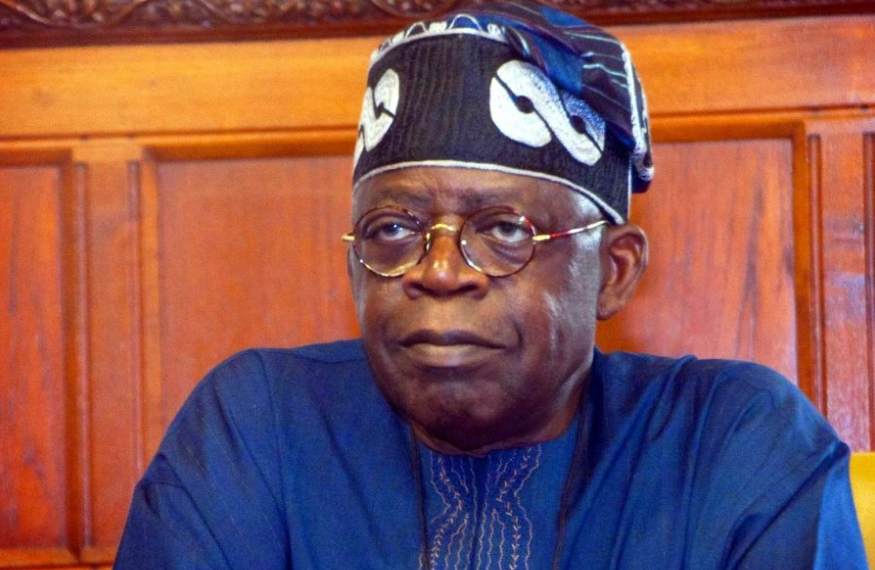
Resent research has showed that Nigeria’s external debt has risen to $42.9 billion as of the end of June 2024. According to the Debt Management Office (DMO), the share of 36 states and the Federal Capital Territory (FCT) constitutes 11 per cent of the loans at $4.89 billion while the Federal Government’s debt stands at $38 billion.
Out of the total debt, multilateral debt is $17.13 billion while bilateral debts, including those with China, EXIM Bank, JICA, KWF, IsDB and AFD, amount to $5.49 billion. About $15.12 billion are commercial Eurobonds and diaspora bonds.
Records show that as of March 2024, Nigeria’s external debt stood at $42.12 billion. Lagos state leads others with $1.2 billion
Lagos state leads others with $1.2 billion while Kaduna state comes next with $640.99 million. The third spot is occupied by Edo state with $380.97 million.
On the other hand, total domestic debt owed by the 36 states and FCT has topped N4.27 trillion with Lagos state leading the pack once again with N885.99 billion Kobo. Lagos is followed by Rivers with N389.2 billion, while Delta comes third with N304.54 billion.
Jigawa amassed the lowest domestic debt at N1.82 billion. Ondo is next with N15.1 billion, while Kebbi records N15.46 billion. Jigawa state figures showed that its debt was reduced by N254.97 million from N2.1 billion it was in March 2024 to N1.82 billion recorded as of the end of June.
The same trend is recorded by Ondo state, which decreased its domestic debt by N1.3 billion to N15.1 billion from N16.4 billion it was in March. The downward trend is the same with Kebbi state, which reduced its debt stock from N17.06 billion to N15.46 billion, shaving off N1.6 billion.
On the other hand, the total domestic debt stood at N4.07 trillion. Therefore, the states increased their borrowing by N198.96 billion, which represents about a five per cent increment within three months.
READ ALSO:Vandals destroy Lokoja–Gwagwalada transmission line
In March, Lagos was indebted to the tune of N929.41 billion. It thus increased its debt profile by N43.42 billion in three months. The same scenario is witnessed by the Rivers state government, which increased its debt profile from N232.58 billion to the current N389.2 billion.
In March 2024, the Federation Account Allocation Committee (FAAC) allocated N1.12 trillion to the three tiers of government in Nigeria. Out of the amount, the Federal Government got N345.89 billion, states were allocated N398.69 billion and N288.69 billion went to the 774 local government areas.
The FAAC also allocated N90.124 billion to oil-producing states as derivation funds. Even with the allocation increasing to N461.979 billion in June as against 398.201 billion, top states have not stopped amassing more debts.
But Delta State proved to be an exemption between March and June as it reduced its debt stock by nine per cent, from N334.9 billion it stood as of March 2024 to N304.54 billion.
The highest jump between March and June was Taraba, which recorded an addition of N52.64 billion from N32.64 billion in March to N84.72 billion as of the end of June 2014.
Among the high-borrowing states was Niger, which recorded a 70 per cent increase with a fresh N60.22 billion debt to add to its N86.07 billion recorded in March to N146.29 billion.States that increased their debts included Bauchi from N108.39 billion to N147.23 billion.
(Guardian)










